The best varieties and technology of growing winter wheat
Valuable food crops require increased attention to their cultivation, knowledge of the requirements of agricultural technology. When sowing winter wheat varieties, it is necessary to take into account a number of factors - resistance to cold weather, drought, selection of a certain type of soil. The varieties adapted to climatic conditions are capable of producing high grain yields - up to eighty, even one hundred centners per hectare.
In world farming practice, wheat is given the first place, because without this crop it is impossible to produce good-quality food. The advantages of winter plant species are that it can be cultivated in areas with different climates. And the yield of the winter species is higher than that of spring wheat. But the cultivation technology requires serious knowledge of the timing and rules of planting, caring for grain crops, and disease prevention.
Content:
- The best varieties of winter wheat
- Precursors of culture, preparatory work
- Seed preparation and sowing - terms, norms, rules
- Winter Wheat Care Tips
- Disease Prevention and Crop Pest Control
- Harvesting, storage rules
The best varieties of winter wheat
For each region, you can choose a wheat variety for which the weather and climatic conditions existing there will be optimal:
- The Augusta variety is distinguished by a stunted stem with a cylindrical ear. Medium-sized grains with a reddish hue contain a large amount of protein, gluten. The plant withstands drought, frost well, is resistant to fungal diseases, lodging. Productivity up to 90 centners per hectare.
- Under good growing conditions, the Governor of Don variety will delight one hundred centners of grain per hectare. Winter wheat stubbornly tolerates late spring frosts, increased heat, and can survive under an ice crust. The value of the variety is in excellent baking qualities. The disadvantage is the inability of the plant to withstand many diseases of cereals.
- Wheat Kamyshanka-3 is characterized by a tall ear, a long cylindrical ear. Although it gives low yields, it is able to withstand low temperatures, severe drought, and is not affected by the dangerous disease of septoria. Of the minuses of the variety - it contains less gluten and protein than the standard.
- Among the most valuable types of winter wheat is the Galina variety, which gives high yields, good indicators of bread yield and flour strength even at late sowing dates.
- The Nemchinovsky variety was created by breeders for growing not only in the European part of Russia, but also in Altai and Siberia. Cereals contain a lot of valuable protein and gluten, and the strength of the stem does not allow the plant to succumb to frost, to lie down ahead of time.
- High yields will please the Prestige, which can withstand frosts below minus thirteen degrees.
- One of the recently developed varieties of wheat, Moskovskaya-56, can survive long winters under the snow. Amicable shoots of the plant allow you to get up to eighty centners per hectare.Flour obtained from high-quality grain is used for the production of bread and bakery products.
All varieties of winter wheat are mainly soft species characterized by high resistance to temperature extremes.
Precursors of culture, preparatory work
Weak root system and exactingness to the composition of the soil are the main characteristics of winter wheat. Therefore, we must take seriously the condition of the land on which winter wheat will be sown. Grain plants are planted either in pure fallow or after growing in the fields corn, silage intended for green fodder, as well as melons and gourds. The sowing of winter varieties can be preceded by alfalfa, sainfoin planted on one cut and clearing the territory early.
The preparation of a land plot for crops is carried out taking into account the variety of cereal crops, its reaction to its predecessors.
After harvesting the predecessor, they begin to harrow the site. As soon as weeds grow in unison on the field, they begin deep plowing. You can kill the weeds first with herbicides... This procedure is carried out two weeks before sowing. The plowing depth is usually twenty centimeters in the steppe regions, and up to thirty in the forest-steppe regions.
After prolonged rains, the area for winter crops must be plowed through and rolled in using spring cultivators. This will help retain moisture in the soil. Shortly before sowing, nitrogen fertilizers and phosphorus compounds must be applied to the soil. They feed the field with manure, thoroughly mixing it with mineral complexes and soil.
Seed preparation and sowing - terms, norms, rules
Grains of winter wheat are sown after they have been treated with drugs that protect against diseases and harmful insects. Sowing dates vary from early August to mid-October. They depend on the weather, the time of harvesting the predecessors, and the state of the soil. It is necessary to calculate the sowing campaign taking into account the fact that the vegetative period of development of winter wheat lasts from 270 to 350 days, taking into account the winter. Covering the landings with snow is important. For a long time, without protection from frost with a snow cover, the seeds will not be able to stay - they will die.
The thoroughness of the preparatory work has a positive effect on the growth and development of winter wheat after sowing.
Wheat grains are sown in continuous or narrow rows; a cross-planting method is also suitable. The norm is the distribution of seven million grains per hectare of land, with a depth of embedding in heavy soils up to three centimeters, in sandy soils up to eight.
After sowing, the soil is rolled and loosened. This will help retain moisture in the soil and allow air to penetrate into it.
Winter Wheat Care Tips
Seedlings of winter wheat appear by the beginning of winter, so they are hardened by the bad autumn weather, and in spring they continue to grow. The strength of young bushes will depend on the saturation of plant cells with water, stretching, and an increase in the number of embryos of ears.
When the sprouts come out into the tube and the grain reaches milk ripeness, the wheat needs competent care:
- It is imperative to water the culture before laying the embryos of the spikelets, at the stage of flower formation. Due to moisture, an increase in the number of grains in the ear will occur. Watering will be beneficial if the groundwater is at a depth of more than three meters. Their close adherence to the surface requires irrigation of the soil before sowing wheat grains.
- Flowering ears require an air temperature of fourteen to twenty degrees Celsius. During this period, excessive heat, low air humidity, dry winds negatively affect the planting.
- When earing a winter crop, it is fed with nitrogen. It is especially necessary in early spring, when little substance remains in the soil. Phosphorus plays a role in the normalization of the development of the root system.It is introduced at the emergence of seedlings and the beginning of the development of culture. Potassium starvation leads to developmental delay, increased sensitivity to temperature fluctuations, soil moisture. High yield quality can be achieved by applying complex foliar fertilizing together with watering.
To care for a culture, you need to know the features of its development. The timing of watering and dressing depends on the time of sowing, harvesting, and soil conditions.
Disease Prevention and Crop Pest Control
The loss of most of the winter wheat crop is associated with diseases of an important food crop:
- The ears of the plant are affected by fungi of solid, or smelly, smut. The disease is transmitted through infected seeds. The pouches formed in the ears instead of grains are filled with spores, emitting an unpleasant herring smell.
- Winter seedlings can become infected with dwarf smut through the soil. Sick cereals are characterized by a low stem and bushiness.
- The harm from rust disease is the weakening of the plant, a decrease in organic matter in the grain. The disease usually spreads during the cool spring. When rust appears on the stems, they break apart without forming leaves.
- Covering stems and leaves with whitish pads indicates infection. powdery mildew... Early planting with an excess of the sowing rate is affected by it.
- During periods of high humidity, wheat is affected by the disease septoria, especially short-stemmed varieties are susceptible to it.
- Weakened plants are susceptible to root rot, which manifests itself as brown spots on the seedlings, root collar, and the bases of the leaves of the shoots.
- Fungal diseases occur due to thickening of plantings, infection of seeds, soil. For the prevention of diseases, it is necessary to disinfect the seeds before planting, adhere to the terms and norms of sowing.
- Harmful insects are the spreaders of many dangerous pathologies of the cereal crop. Cicadas, cereal flies infect plants with viruses, which begin to turn yellow and wither. In this case, the number of grains is rapidly reduced by half. In the fall, aphids bring the virus to seedlings, especially if it is warm for a long time. After the snow melts, the virus is activated, leading to reddening of the tops of the leaves, lagging behind in the growth of the ear.
- Dangerous for cereals nematodesthat degrade the quality of the seeds. Symptoms of damage include curvature of the stem, shoots, and growth retardation. Instead of grain, galls with parasite larvae are formed in an ear.
Pest control starts with rules crop rotation - plant a crop only after plants that are slightly affected by parasites - legumes, technical. The timely destruction of weeds will allow you to get rid of the winter scoop, the larvae of which gnaw the seedlings, eat the leaves of the plant. The use of bactokoumarin will save crops from rodents, from larvae, insect eggs - thrips, bread beetles.
Of the chemical plant protection agents, seed treatment with insecticides such as Fundazol is promising. Phosphorus-organic products are also effective, for example, Actellik.
Harvesting, storage rules
The full ripeness of winter wheat is indicated by the waxy ripeness of the grain when the dry matter content reaches a high concentration. Cleaning will have to be done in a short time. A delay in harvesting will lead to grain losses due to cracking of the ears.
If the collected seeds have a high moisture content, they must be dried.
Then they are ready for cleaning, heating with warm air and pickling. To keep the grain healthy, strong, it is dried, cleaned, threshed in separate batches on the current.
Wheat is stored in rooms that are thoroughly ventilated. The air humidity in them should be no more than 70 percent, and the air temperature should be five to eight degrees above zero. The grain is stirred periodically to avoid heating and drying out.Compliance with the technology of growing, collecting, storing winter wheat allows maintaining high crop yields until next year.
More information can be found in the video:



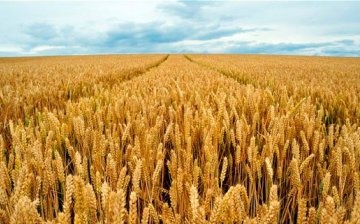
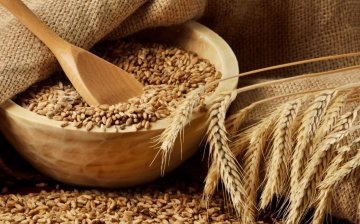
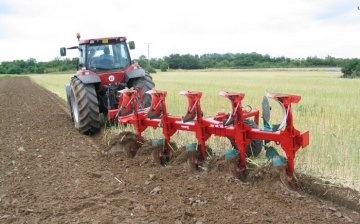
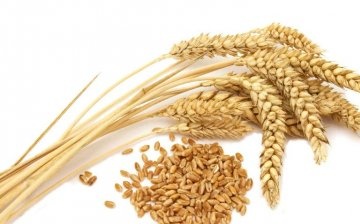
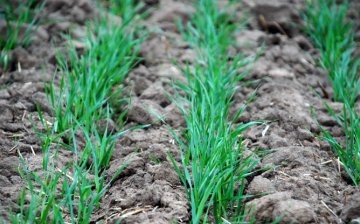
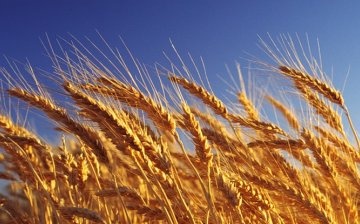
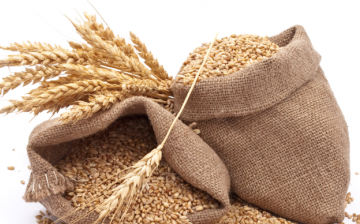







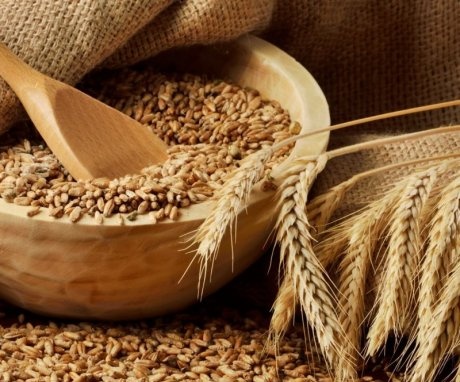

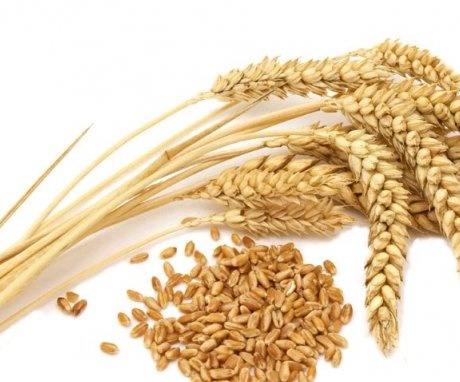
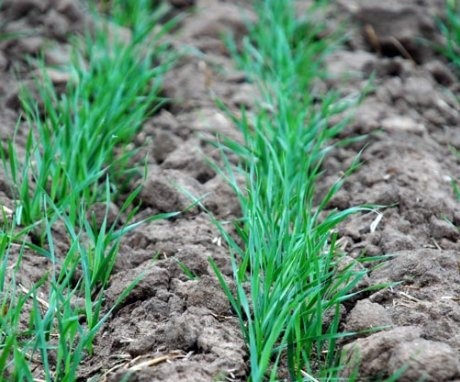
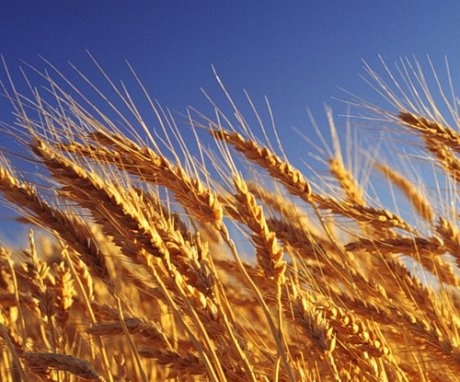
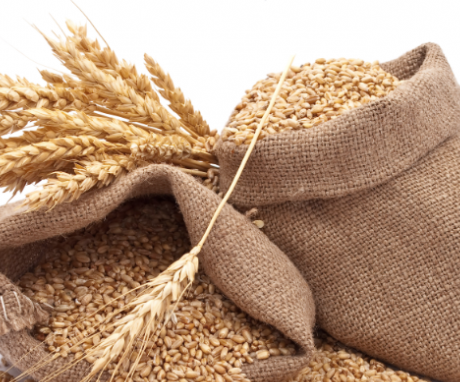
Of course, in order to grow wheat, it will have to be treated with various chemicals from pests. How not to overdo it with this chemistry? I would like normal and high-quality products without GMOs.